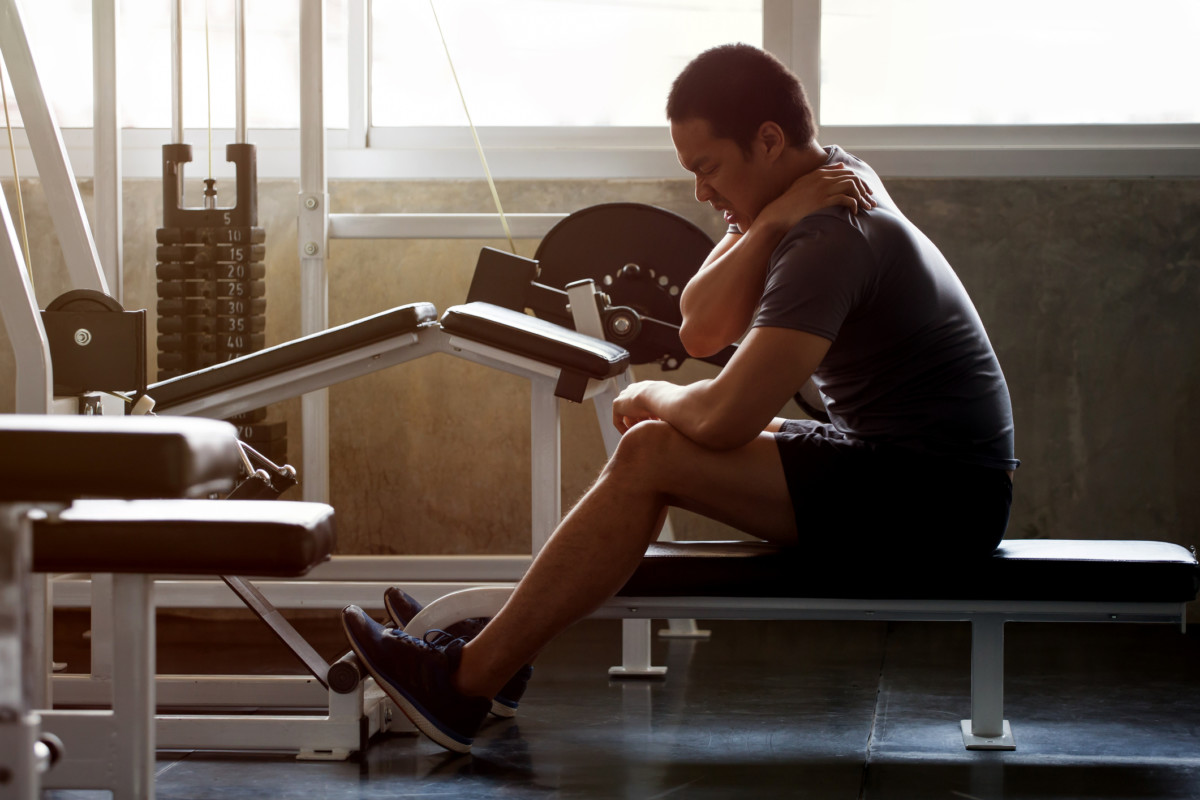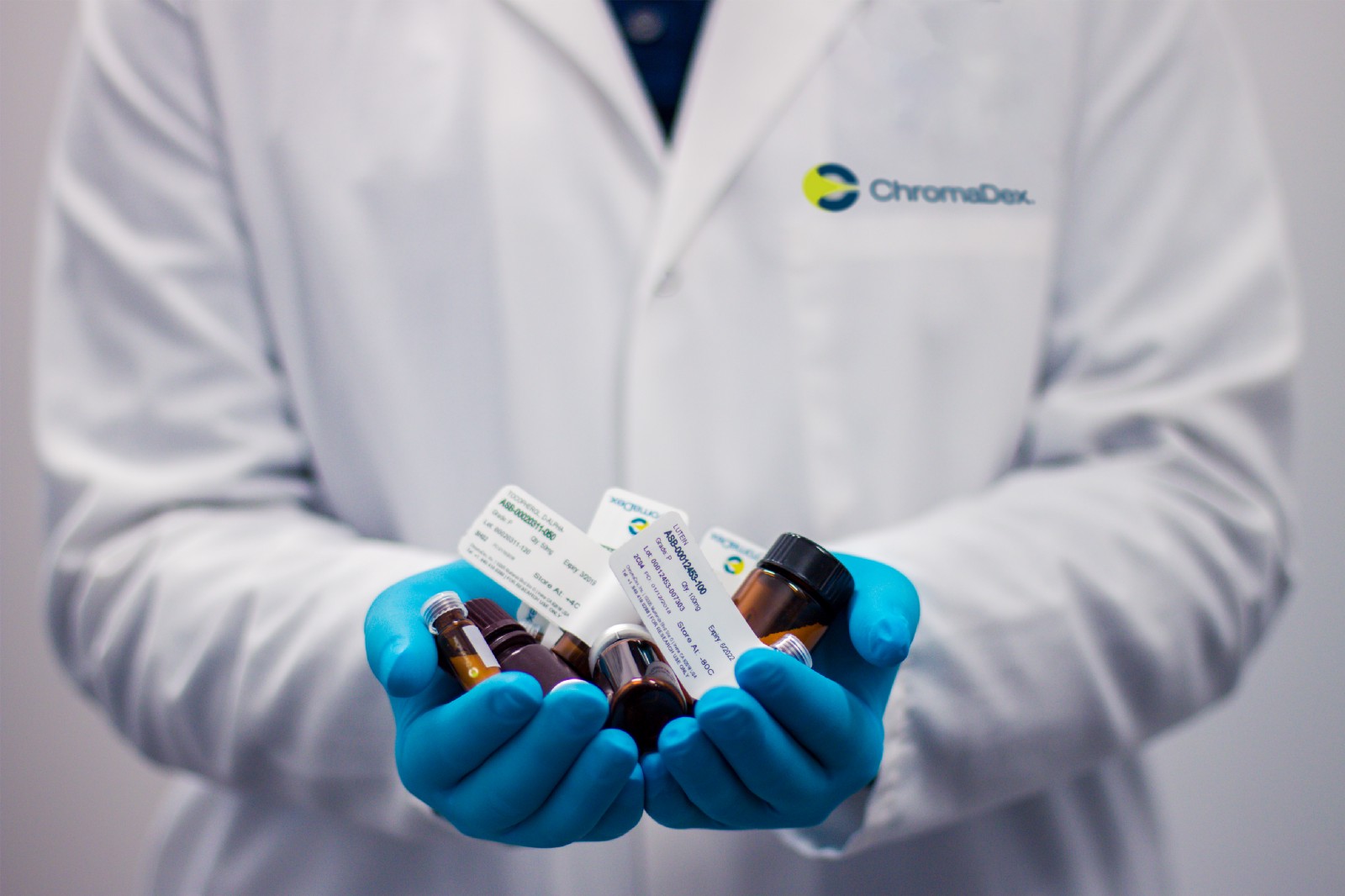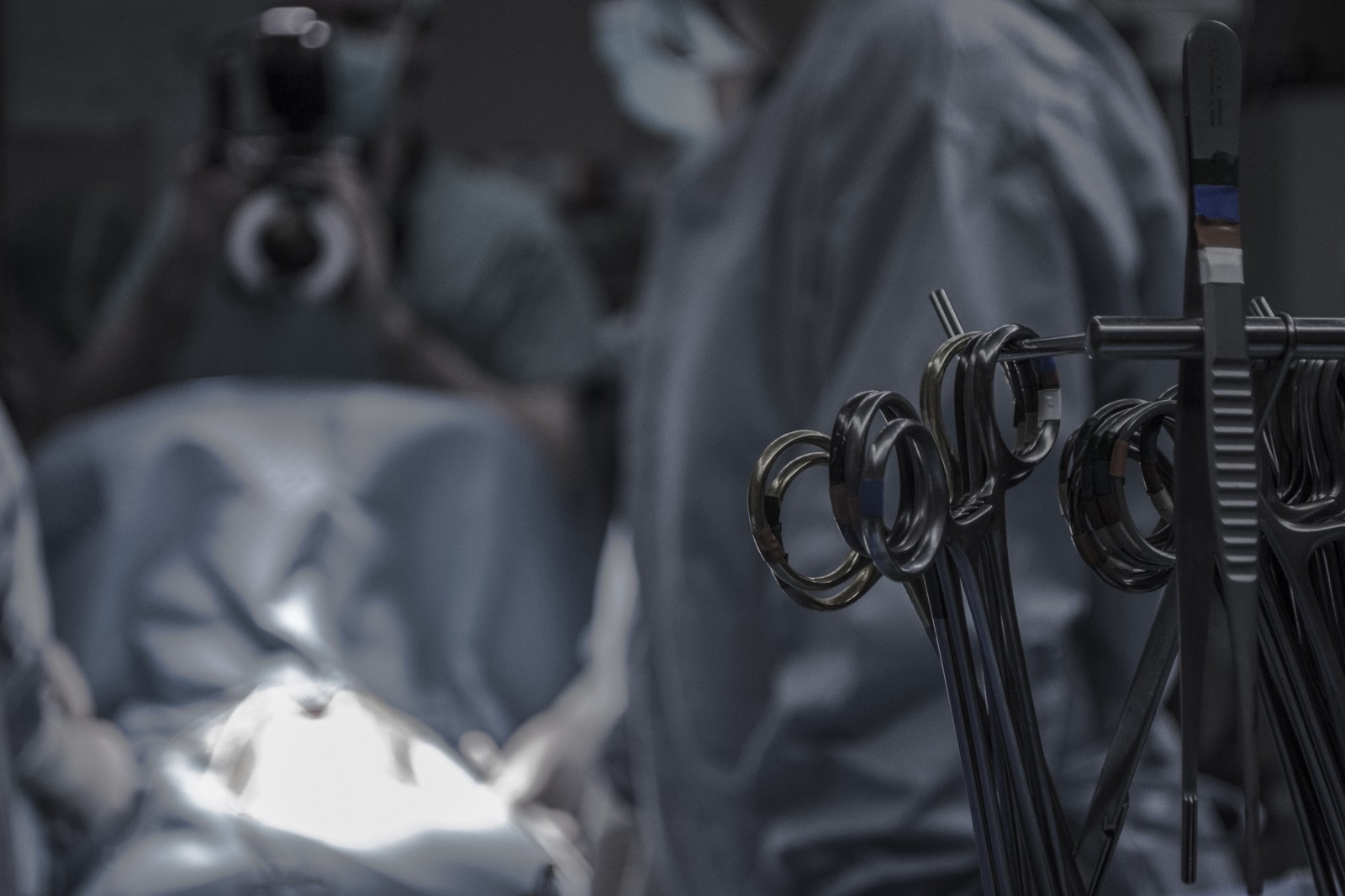What We’re Taught About Pain is Wrong: 6 Common Pain Myths
 Pain stinks and unfortunately, the myths about pain can make the experience even worse. The fascinating, dangerous, slightly infuriating, yet empowering aspect of pain is that we have some control over it. Specifically, our mindset, thoughts, understanding of, and approach to the management of pain can directly impact the severity and duration of the pain experience.
Pain stinks and unfortunately, the myths about pain can make the experience even worse. The fascinating, dangerous, slightly infuriating, yet empowering aspect of pain is that we have some control over it. Specifically, our mindset, thoughts, understanding of, and approach to the management of pain can directly impact the severity and duration of the pain experience.
6 Common Pain Myths to Address
Last week, I covered some of the basics around the pain experience and how tissue damage and pain and not synonymous. Unfortunately, this message is still often conveyed. So, without further to do, let’s start debunking some of these pain myths.
MYTH # 1: I have back pain, therefore I must have a damaged low back
We have addressed much of this myth in the last post. If you received an MRI on your low back tomorrow, there is a decent chance it will show multiple levels of herniation, osteophyte formation, severe arthritis, decreased disk height, increased signal intensity, or any combination of those. These “abnormal” findings on an MRI are quite normal. Our bodies degenerate over time; it is a part of life. I am not saying this means throw caution to the wind and don’t take care of yourself, but I am saying don’t put all your stock into an MRI report. An abundance of research demonstrates MRIs on the spine don’t enlighten us on the source of pain — with few exceptions such as a tumor — or the future success or failure of treatment. [1–13] Imaging reports, particularly MRIs, are inconsistent with symptom presentation in symptomatic and asymptomatic patients. Most symptomatic patients have normal MRI reports while a significant portion of asymptomatic patients have “abnormal” reports.
MYTH #2: Poor posture is causing my back pain.

Stop reading and assess your current posture. How is it? Slouched shoulders? Rounded low back? Now I know you have heard of the importance of keeping a straight back! Right, the last question: are you comfortable? You are? Good, there is no need to change your posture…I’m completely serious.
Current research does not support posture as a driver of pain. Simply sitting up straight will not eliminate or prevent pain. Even lifting with a rounded low back likely does not contribute to the development or maintenance of low back pain. The same is true for the neck. I’ll get into detail on injury prevention in a future post. For now, know that studies assessing the impact of lifting mechanics and exercise form are inconclusive.
Our bodies are very resilient, and they can hold up to sitting in a slouched position for some time. But what about all the “texting neck” imaging scaring people about the excess forces you are placing on your spine? Nope. Your spine and muscles are laughing saying “Is that all you’ve got?” Unfortunately, anecdotal evidence and confirmation bias run rampant in the posture arena.
Posture is an easy “fix” that requires little effort to identify. Any clinician can easily play the posture blame game. Additionally, it is an easy sell for products and services that claim to “fix” your posture and cure your pain once and for all. This does not mean posture is irrelevant as changing your body position has a real effect on the amount of stress and strain your body can handle. Also, if you repeatedly lift heavy objects with a fully rounded and rotated back you may increase your chance of injury. Please don’t start lifting with awkward postures because “that blog guy said I could.” On the flip side, you don’t need “lift with your legs” when picking up a pencil from the floor or drinking from the water fountain. In most cases, our body can handle the load without damage or a perceived threat. Therefore, instead of shelling out money for copper-infused braces and fancy chairs, self-prescribe a frequent dose of movement and breaks from sitting.
MYTH #3: I need maintenance work to keep my pain away

This myth comes with a heavy caveat. This does not mean that our actions do not influence pain. As we will explore in future posts, your diet, sleep hygiene, and exercise habits can absolutely influence the pain experience. Furthermore, your social support, beliefs about pain, and the treatments you receive (if any) can influence the experience as well. When I say you do not need maintenance work, I am largely referring to the car analogy. If you have not heard it before, allow me to explain. Some healthcare providers will use the analogy that a patient is like a car and requires routine maintenance and treatment to keeping everything running smoothly. You wouldn’t skip regular maintenance with your car (tire rotation, alignment, oil change, air filters, etc.) so why would you do that with your body? As I stated, we absolutely need to maintain our bodies, but we do not need the human version of routine “tire rotations.”
One of the many differences between cars and people is how we respond to stress. A car is only capable of depreciation and breakdown. People, meanwhile, can adapt and improve. For example, as you race a car, whether it be short track, cross-country, or drag racing, you will start to wear out components and shorten the life of the engine. You are not enhancing anything mechanically within the car. Conversely, people who regularly exercise improve their endurance and strength. Yes, you can absolutely break a body down, but people are also more than capable of maintaining and strengthening their bodies and mind with the right tools.
Whether it be physical therapy, chiropractic, massage, cryotherapy, or acupuncture, your body does not require external maintenance to be healthy. Sure, these treatments can provide value and feel good, but you do not want to become dependent on them. When I say maintenance, I am referring to external care you cannot apply yourself (such as manual therapy or adjustments) not education or exercise programs. Instead, partner with healthcare professionals to help you get on the path to recovery and wellness with an end goal in mind. Building self-efficacy should be one of the primary goals of all health care providers.
MYTH #4: Bed rest is best

There was a period when bed rest was the primary prescription for most ailments, including something as common as back pain. This myth has been thoroughly debunked as every low back pain guideline across professions states bed rest should be avoided for pain. The reason is simple; our bodies are meant to move. The efficiency of nearly every bodily system significantly worsens during prolonged bed rest. Our strength, power, endurance, and cardiovascular health all decline rapidly. And this is not a necessary cost. In fact, we don’t even achieve the benefits of improving our pain. Research repeatedly shows bed rest does not work for treating pain.
MYTH #5: Pain medication will fix the problem

If you are speeding down the highway and your speedometer says you are going 120 mph, does breaking the speedometer mean you’re are no longer driving recklessly? I understand this isn’t a perfect analogy to taking pain medication, but the principle of cause and effect holds. Pain medications do not address the underlying cause of the initial pain experienced or the mechanisms causing the persistence of pain. They are primarily a masking effect
Medication has its place in pain management, but outside of surgical or traumatic experiences, it should not be the first line of defense, especially if it is prescribed as the only line of defense. This is one of the primary reasons for the current opioid problem in the U.S. Not only do pain medications, such as opioids, fail to address the root cause of pain, but they also bring unwanted side effects into the equation. The CDC has attempted to reverse the current trend in opioid reliance and stated in its Guideline for Prescribing Opioids for Chronic Pain that the number of side effects, paired with the addictive nature of the drugs, make them inappropriate as a first-choice treatment.
Even if you commonly seek a more minor over-the-counter drug such as ibuprofen, consistent use does not treat the cause. Instead of popping 400mg a day to stave off persistent knee pain, find the potential drivers — activity level, sleep, nutrition, strength, mobility — that has led to the development and persistence of your pain. Simply masking the warning bells your body has set off will potentially lead to more drastic and unnecessary measures in the future, such as surgery.
MYTH #6: I need surgery to fix my pain

If the pain medication myth didn’t ruffle some feathers, this one is sure to fluster some readers. Surgery is not the root of all evil and absolutely has its place in healthcare. I am also strictly focused on the musculoskeletal side of pain; however, this includes neurosurgery on the spine. Sometimes spinal surgery is needed (such as cauda equina syndrome or tumor removal) but not nearly as often as you think. A 2018 systematic review in Pain Medicine, found that surgery is ineffective for chronic pain across the board. In some cases, surgery may simply be a placebo. This included surgeries for the spine and extremity.
The decision to recommend surgery often results from the same issues with prescribing advanced imaging. While the research is clear findings on MRIs are not the cause of back pain, they provide an answer. The satisfaction of search bias is the tendency to sop searching for a diagnosis or cause once you find the first potential answer. If we believe the herniated disc is the cause of pain, then we conclude surgery is needed to fix it. Yet, many studies have shown our discs can heal over time without intervention.
For those of you thinking “why not still address the issue now so it doesn’t worsen later?” Great question and a valid concern. Current evidence shows many findings on imaging are a normal part of aging and can be reversed, or at least slowed, through diet and exercise. A quick knee scope does not address the reason a 40-year-old has significant degeneration. Furthermore, surgery is used as a crutch and supports the notion the patient lacks control. When that 40-year-old walks into the clinic, he will likely be told the scope will be used to hold off knee replacement another 10 years. The plan for further surgery is already set in motion.
The idea that only surgery can “fix” me is the flawed mindset that drives further pain, disability, and increased healthcare costs. This does not mean surgery is useless, but in most cases, you are better off seeking conservative treatments first. It is rare that the surgery, especially musculoskeletal surgery, addresses the root cause of the problem.
Validating Pain

I mention these issues and myths regarding pain not to discourage or frustrate you, but to bring awareness. Understanding the complexity of pain and common fallacies in education and treatment can help patients make more informed decisions. Some may read these myths, and when paired with their past and current experience, determine all hope is lost. There is a belief among some people that their pain cannot be resolved, and they are doomed to live with it. There are many research-backed ways to address pain.
I do not say this to discredit pain or past efforts to address it. When I say you can do something about it, it may also be small steps and over a long time period. Pain looks different for everyone and its effect on someone’s daily life is individual as well. The good news is there are many conservative treatment approaches without the side effects of medications. Many are self-driven such as exercise, nutrition, sleep, and meditation. Finding the right clinician — whether it be a physician, a physical therapy, a psychologist, or another health professional — who can provide the best-personalized plan of care and build self-efficacy is key to getting and staying on the right track.
If you or someone you know are living with persistent pain, schedule an appointment at a clinic near you to start working towards a pain-free life.
References
- Flynn, T.W., B. Smith, and R. Chou, Appropriate use of diagnostic imaging in low back pain: a reminder that unnecessary imaging may do as much harm as good. J Orthop Sports Phys Ther, 2011. 41(11): p. 838-46.
- Kalichman, L., et al., Changes in paraspinal muscles and their association with low back pain and spinal degeneration: CT study. Eur Spine J, 2010. 19(7): p. 1136-44.
- Kalichman, L., et al., Computed tomography-evaluated features of spinal degeneration: prevalence, intercorrelation, and association with self-reported low back pain. Spine J, 2010. 10(3): p. 200-8.
- Carragee, E.J., et al., Discographic, MRI and psychosocial determinants of low back pain disability and remission: a prospective study in subjects with benign persistent back pain. Spine J, 2005. 5(1): p. 24-35.
- Kalichman, L., et al., Facet joint osteoarthritis and low back pain in the community-based population. Spine (Phila Pa 1976), 2008. 33(23): p. 2560-5.
- Graves, J.M., et al., Factors associated with early magnetic resonance imaging utilization for acute occupational low back pain: a population-based study from Washington State workers’ compensation. Spine (Phila Pa 1976), 2012. 37(19): p. 1708-18.
- Graves, J.M., et al., Health care utilization and costs associated with adherence to clinical practice guidelines for early magnetic resonance imaging among workers with acute occupational low back pain. Health Serv Res, 2014. 49(2): p. 645-65.
- Jarvik, J.J., et al., The Longitudinal Assessment of Imaging and Disability of the Back (LAIDBack) Study: baseline data. Spine (Phila Pa 1976), 2001. 26(10): p. 1158-66.
- Fritz, J.M., G.P. Brennan, and S.J. Hunter, Physical Therapy or Advanced Imaging as First Management Strategy Following a New Consultation for Low Back Pain in Primary Care: Associations with Future Health Care Utilization and Charges. Health Serv Res, 2015. 50(6): p. 1927-40.
- Webster, B.S. and M. Cifuentes, Relationship of early magnetic resonance imaging for work-related acute low back pain with disability and medical utilization outcomes. J Occup Environ Med, 2010. 52(9): p. 900-7.
- Haig, A.J., et al., Spinal stenosis, back pain, or no symptoms at all? A masked study comparing radiologic and electrodiagnostic diagnoses to the clinical impression. Arch Phys Med Rehabil, 2006. 87(7): p. 897-903.
- Brinjikji, W., et al., Systematic literature review of imaging features of spinal degeneration in asymptomatic populations. AJNR Am J Neuroradiol, 2015. 36(4): p. 811-6.
- Smith-Bindman, R., et al., Trends in Use of Medical Imaging in US Health Care Systems and in Ontario, Canada, 2000-2016. JAMA, 2019. 322(9): p. 843-856.
- Ghamkhar, L. and A.H. Kahlaee, Is forward head posture relevant to cervical muscles performance and neck pain? A case-control study. Braz J Phys Ther, 2019. 23(4): p. 346-354.
- Barrett, E., et al., Is thoracic spine posture associated with shoulder pain, range of motion and function? A systematic review. Man Ther, 2016. 26: p. 38-46.
- Ettinger, B., et al., Kyphosis in older women and its relation to back pain, disability and osteopenia: the study of osteoporotic fractures. Osteoporos Int, 1994. 4(1): p. 55-60.
- Grob, D., H. Frauenfelder, and A.F. Mannion, The association between cervical spine curvature and neck pain. Eur Spine J, 2007. 16(5): p. 669-78.
- Saraceni, N., et al., To Flex or Not to Flex? Is There a Relationship Between Lumbar Spine Flexion During Lifting and Low Back Pain? A Systematic Review With Meta-analysis. J Orthop Sports Phys Ther, 2020. 50(3): p. 121-130.
- Richards, K.V., et al., Neck Posture Clusters and Their Association With Biopsychosocial Factors and Neck Pain in Australian Adolescents. Phys Ther, 2016. 96(10): p. 1576-1587.
- Guimond, S. and W. Massrieh, Intricate correlation between body posture, personality trait and incidence of body pain: a cross-referential study report. PLoS One, 2012. 7(5): p. e37450.
- O’Sullivan, P.B., et al., Association of biopsychosocial factors with degree of slump in sitting posture and self-report of back pain in adolescents: a cross-sectional study. Phys Ther, 2011. 91(4): p. 470-83.
- Damasceno, G.M., et al., Text neck and neck pain in 18-21-year-old young adults. Eur Spine J, 2018. 27(6): p. 1249-1254.
ABOUT THE AUTHOR

Zach Walston (PT, DPT, OCS) grew up in Northern Virginia and earned his Bachelor of Science in Human Nutrition, Foods, and Exercise at Virginia Polytechnic Institute and State University. He then received his Doctorate of Physical Therapy from Emory University before graduating from the PT Solutions’ Orthopaedic Residency Program in 2015.
Zach has numerous research publications in peer-reviewed rehabilitation and medical journals. He has developed and taught weekend continuing education courses in the areas of plan of care development, exercise prescription, pain science, and nutrition. He has presented full education sessions at APTA NEXT conference and ACRM, PTAG, and FOTO annual conferences multiple platforms sessions and posters at CSM.
Zach is an active member of the Orthopedic and Research sections of the American Physical Therapy Association and the Physical Therapy Association of Georgia. He currently serves on the APTA Science and Practice Affairs Committee and the PTAG Barney Poole Leadership Academy.